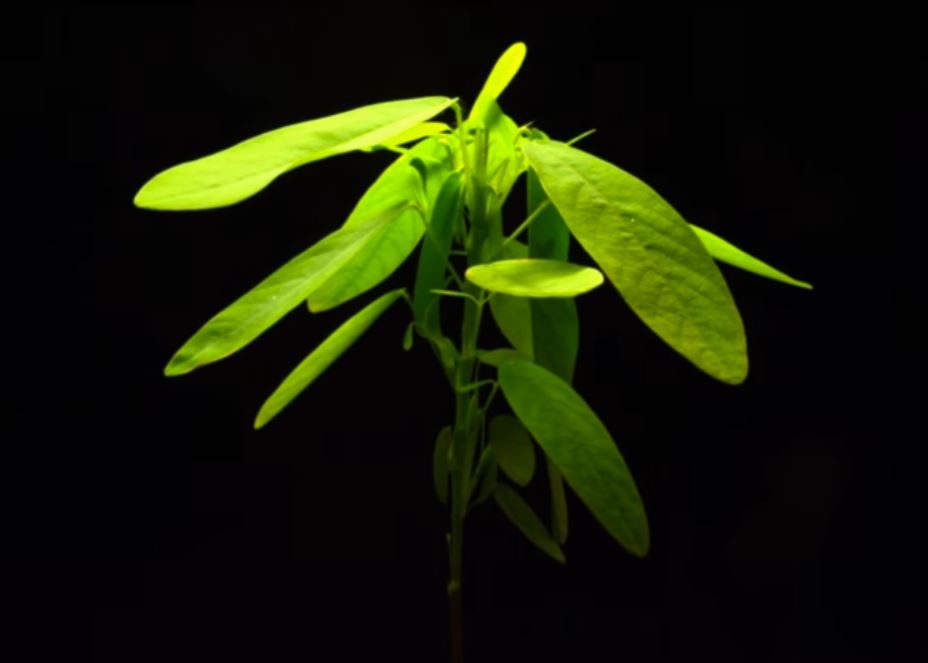You may want to consider cultivating a telegraph plant if you seek an uncommon indoor plant. What is a telegraph plant? Discover more about this peculiar and fascinating plant by reading on.

About the Telegraph Plant
A telegraph plant is what? The intriguing tropical plant, the telegraph plant (Codariocalyx motorius, originally Desmodium gyrans), sometimes known as the “dancing plant,” dances as its leaves rise and fall in the light. The telegraph plant also reacts to heat, high-pitched sounds, and touch. The leaves lean downward at night.
Asia is the home of the telegraph plant. This trouble-free, low-maintenance pea plant is often cultivated inside and can survive outside only in the hottest temperatures. In maturity, the telegraph plant grows quickly and reaches heights of 2 to 4 feet (0.6 to 1.2 meters).
Why Does the Telegraph Plant Move?
The plant’s movable, hinged leaves shift to a new location where they will get more warmth and light. Some botanists think the motions are brought on by unique cells that cause the leaves to move in response to the expansion or contraction of water molecules. Charles Darwin spent a lot of time researching plants. During a particularly hard downpour, he thought the motions were the plant’s method of shaking water droplets off the leaves.
How to Grow Telegraph Home Plants
While it is not difficult to grow a dancing telegraph plant, patience is required since the plant might take a while to germinate. At any moment, start seeds indoors. A compost-rich potting mix, such as orchid, should be added to pots or seed trays. To increase drainage, mix in a tiny quantity of sand. After that, moisten the mixture until it is equally moist but not saturated.
Plant the seeds approximately 3/8 inch (9.5 mm) deep in the container and cover them with clear plastic after soaking them in warm water for one to two days to soften the outer shell. Put the container in a warm, dimly light area between 75 and 80 degrees Fahrenheit (23 and 26 degrees Celsius).
The average time for seeds to sprout is 30 days. However, germination may take up to 90 days or as little as ten days. As the seeds sprout, remove the plastic and relocate the tray to a bright area.
Water is required to keep the potting mix continuously wet but never waterlogged. Transfer the seedlings to 5-inch (12.5-cm) pots after properly establishing themselves.
Telegraph Plant Care
When the top inch (2.5 cm) of the soil seems a little dry, water the telegraph plant, never let the pot stand in water; instead, let it drain completely.
During the spring and summer, feed the plant once a month with fish emulsion or a balanced houseplant fertilizer. As the plant loses its leaves and goes into dormancy for the winter, it stops fertilizing.


